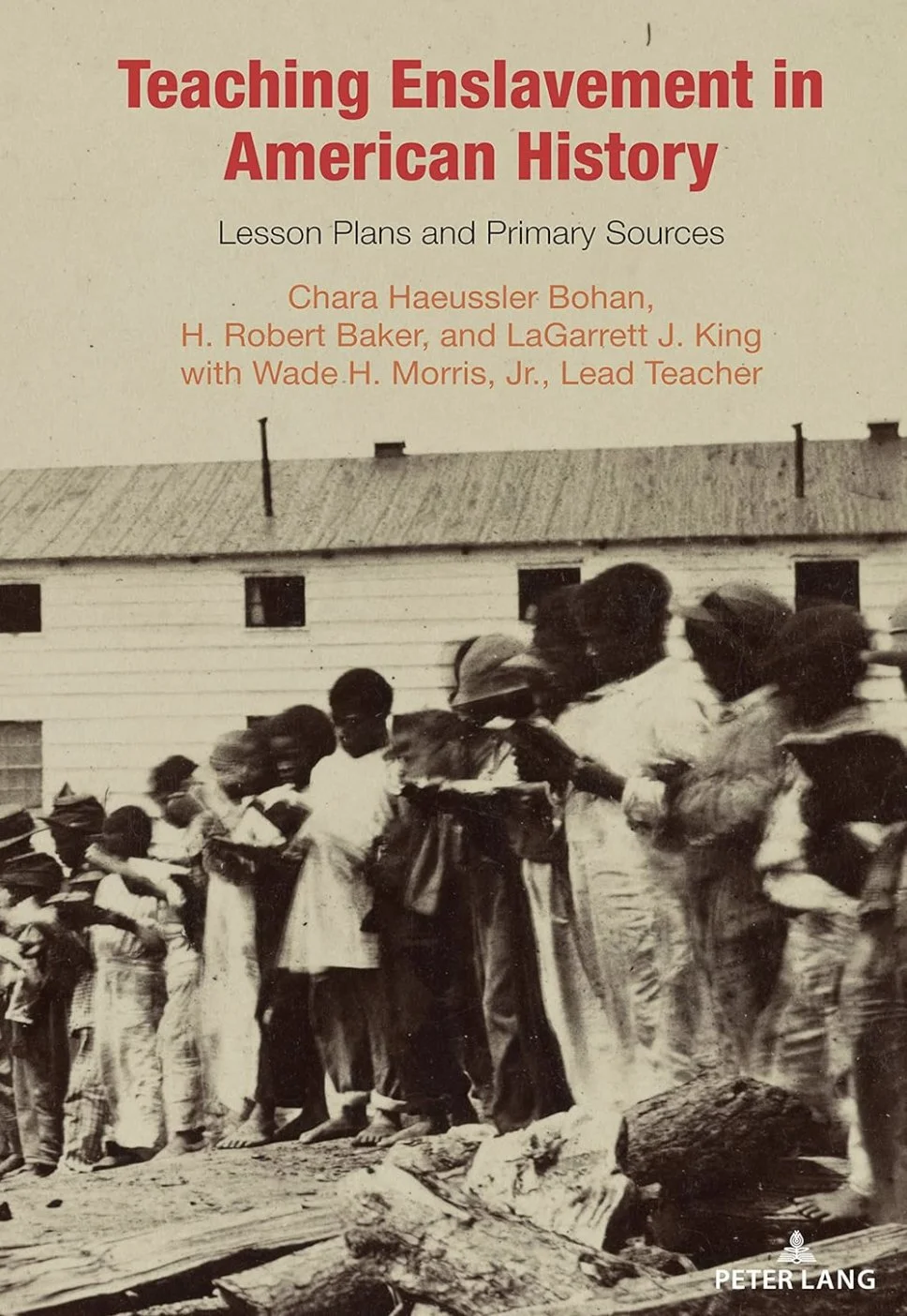
My Scholarship
“A fascinating and riveting account.... Baker does a masterful job of detailing the events.”
My first book chronicled the dramatic rescue of Joshua Glover, a fugitive slave, from a Milwaukee jail in 1854. More remarkable still was the way the people of Milwaukee—white, Black, German and Irish—came together to articulate a forceful argument for constitutional rights that they took to the courts, the legislature, and the ballot box. In the end, the Wisconsin Supreme Court upheld their constitutional vision and resisted the U.S. Supreme Court’s attempts to overrule them.
“The little-known story of Joshua Glover has all the earmarks of a dramatic tale of freedom.... The key battlefield in this pre-Civil War struggle over state’s rights and the Constitution is the courtroom.”
“a vibrant biography of the case itself, complete with its unexpectedly intriguing genealogy.”
Due respect to Dred Scott v. Sanford, but
Prigg v. Pennsylvania was the most important Supreme Court decision on the subject of slavery. But what commentators have always missed about the case is its long history, extending back further than the Constitution’s framing to America’s colonial experience with slavery.
There is a human story as well. The principal woman in the case was not even a named party. Margaret Morgan was either a fugitive from slavery or a free woman taken by kidnappers. How the Supreme Court treated this question would impact thousands of freedom seekers, and free people of color, in the antebellum United States.
“Baker provides a model balance between the personal and legal stories and understands that, while the villains and heroes of his tale may seem obvious to modern readers, the issues were not so clear to antebellum jurists.”
We need a patriotic history. We deserve a patriotic history. But hiding from America’s past, especially its darker side, only perpetuates the injustices that haunt us today. We should, we must, learn how to teach the history of enslavement so that we can reckon with its legacy. Facing it together will only make us stronger.
This book aims to give teachers the historical background and pedagogical tools necessary to teach not just slavery, but also Black history. The enslaved were people who both preserved African traditions and crafted a vibrant culture. Free people of color living primarily in northern states were the strongest and most committed of abolitionists, helping develop American understandings of liberty and freedom.
“Riveting and Enlightening.... Reluctancy is not the anthem of this book. ”
“The social studies classroom is in danger of becoming an environment where the critical analysis and discussion of history and social issues are not encouraged.... It is become of this current state of teaching that [this book] is so relevant and timely.”


